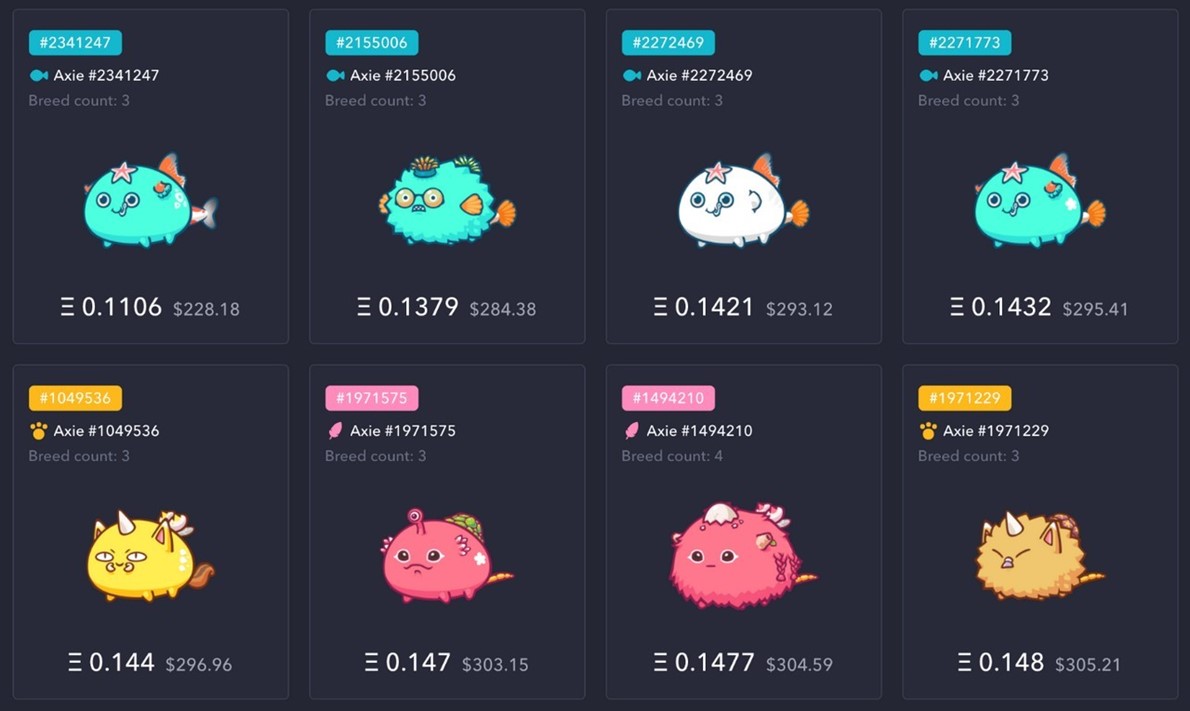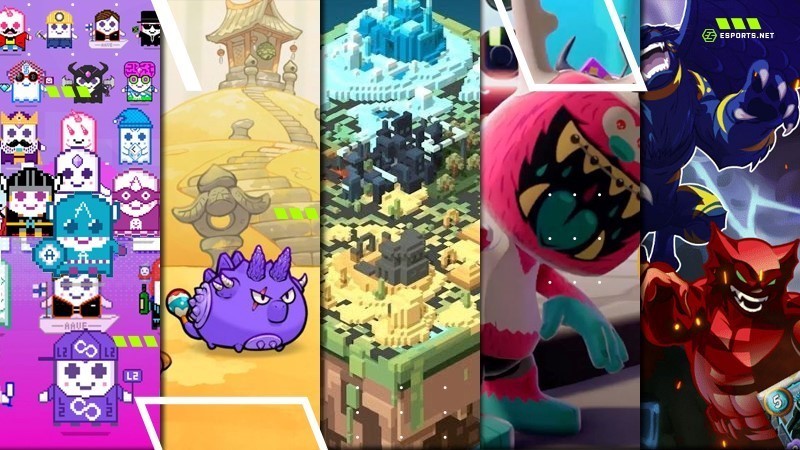Throughout the history
of home video gaming, games served as a fun diversion. Now, the new generation
of video games is employing
blockchain technology such as NFTs to reward
players with bitcoin. These play-to-earn games are already allowing
gamers to
make a living by playing video games, and in some countries, scholarship
programs and academies are working to help players navigate this brave new
world.
اضافة اعلان
While some have welcomed
the introduction of play-to-earn games, saying that they allow players to earn
incentives for doing something they would have done for free before, many
gamers have voiced concern about the unwelcome incursion of commerce into the
escapist world of
gaming.
What exactly is
play-to-earn?
Simply put, play-to-earn
games are video games where players can earn real-world benefits.
While many have been
earning money using
video games for many years through gold farming — the practice
of playing a massively multiplayer online game and acquiring in-game currency
to later sell for real-world money — and unauthorized marketplaces for in-game
items, the advent of blockchain technology and NFTs has essentially transformed
the nature of gaming.
Non-fungible tokens, or
NFTs, are
cryptographically distinct tokens that can be used to establish
ownership of material such as photographs or music. In blockchain games, they
allow players to assume ownership of in-game assets such as virtual apparel or
plots of land.

Unlike traditional games
where in-game objects are kept on closed data networks and are controlled by
the corporations who produced the game,
NFTs allow users to own the unique
assets that they acquire. Furthermore, if you possess the NFT, you may freely
sell it outside of the platform on which it was developed, which is not
feasible with traditional games. This is because such NFTs are in short supply,
so they have real-world value.
Fun should be the main
reason to play normal games because the monetary benefit is one-sided. You pay
for the game, and you cannot monetize your playtime unless you are a
professional e-sports player or a streamer with a large following.
With blockchain gaming,
gamers can earn actual money. Players may transfer value and be paid to play
regardless of who they are or where they are in the globe since
blockchain technology allows users to make transactions wherever they are.
Not just a gold
farmer: The rise of the play-to-earn paradigm
Axie Infinity, a Pokémon-style
monster-battling game released in 2018 by independent studio Sky Mavis, is the
most popular play-to-earn game. Players gather cartoon creatures called Axies —
represented by NFTs in the game — each Axie has distinct abilities and
weaknesses. Players can adventure, combat, and breed their Axies as they play.
Players get crypto
tokens as rewards for winning in combat. In Axie Infinity Shard, or AXS, tokens
are utilized to vote on future development decisions.
Axie Infinity has become
one of the main play-to-earn games, with 2.8 million daily users and a total
trade volume of $3.8 billion. In countries such as the Philippines and
Indonesia, some individuals play
Axie to support their families.
Axie scholarships, such
as those given by
Yield Guild Games, have also popped up, allowing Axie owners
to loan their NFTs to other players.
Play-to-earn gaming is
also promoting crypto adoption; according to Axie Infinity co-founder
Aleksander Leonard Larsen, half of the game's players had never used a cryptocurrency
before. However, there are charges associated with playing the game, and you
must first acquire three Axie NFTs, each of which can cost hundreds of dollars.
Larsen recognized the
difficulties in bringing new players into the game, adding, “it’s pretty hard
to start playing Axie right now". To solve this issue, Axie intends to
provide free beginning Axies with limited earning potential to introduce new
players to the game.
Other play-to-earn
solutions combine NFT gaming with decentralized financial instruments (DeFi).
Aavegotchi, an experimental startup funded by DeFi money market Aave, allows
players to stake Aave's aTokens inside cartoon creatures represented by NFTs,
implying that each Aavegotchi generates Aave yield.

The potential of NFTs
and play-to-earn has also piqued the interest of the mainstream gaming
industry. French video game company Ubisoft has already revealed plans for
Ubisoft Quartz, a platform that allows players to earn and purchase NFTs based
on the Tezos blockchain.
Other publishers who
have dabbled in NFTs have faced a heated response from gamers, with
S.T.A.L.K.E.R. 2 developer
GSC Game World canceling plans to put NFTs in the
game after a player-led Twitter campaign.
Some gamers — already
irritated by publishers' monetization of games through "pay-to-win"
models and loot boxes — see play-to-earn as a step too far, arguing that
introducing real-world economic models and incentives will transform gaming
from escapism into a blatantly capitalist "investo-tainment" sector.
However, with investment
firms such as FTX and
Andreesen Horowitz pouring capital into the play-to-earn
industry, it shows no indications of abating anytime soon.
Delving into the
metaverse
The metaverse, a shared
virtual environment in which users engage as avatars to meet up, work together,
and play games, is emerging concurrently with play-to-earn gaming.
Blockchain,
cryptocurrency, and NFTs play a significant role in metaverse ideas, with NFTs
representing virtual items and land parcels.
Metaverse platforms like
The Sandbox, Decentraland, and
CryptoVoxels are already integrating NFTs into
the shared virtual world. At the same time, mainstream firms like Facebook
(recently renamed Meta, as an indication of its ambitions), Adidas, and Samsung
have staked out their claims in the metaverse.
Even though we are only
in the early phases of imagining what the metaverse may be, we are already
seeing live concerts and meet-ups. Gaming will undoubtedly follow, and with the
promise of an interconnected world and NFTs allowing in-game objects to
transfer between metaverse platforms, it might work as a potent spur for
play-to-earn gaming.
Finally, there is no
denying the power of play to earn, which allows anybody, from anywhere, to earn
a career just by playing games they like.
Read more Gaming
Jordan News




